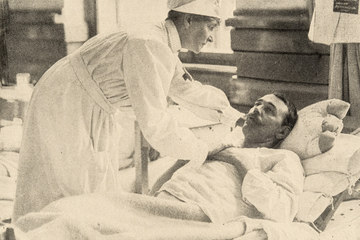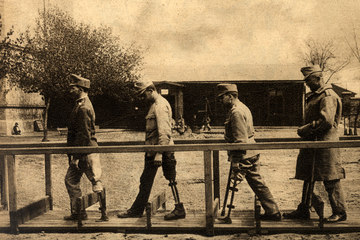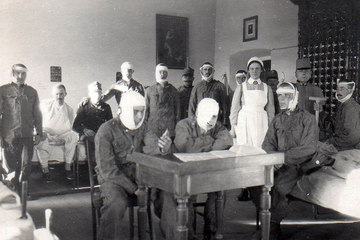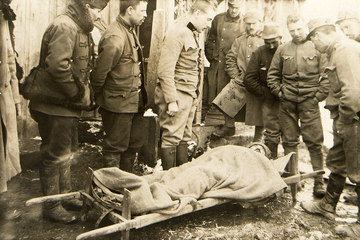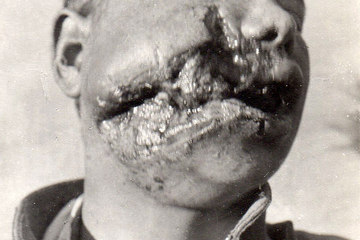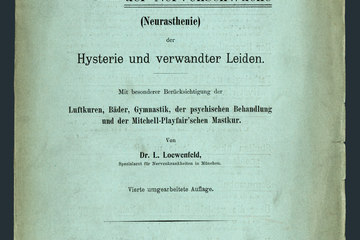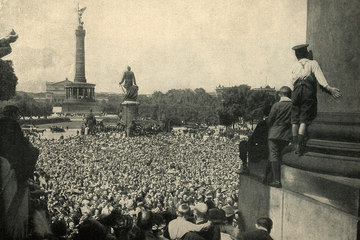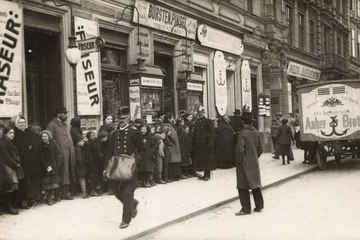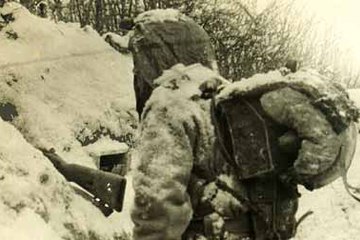Heroes or victims? War invalids and their impact on general awareness
War invalids were a conspicuous reminder of the misery of the war and of defeat at the end of it, thus always aroused very strong emotions and had to face being blamed for a great deal.

